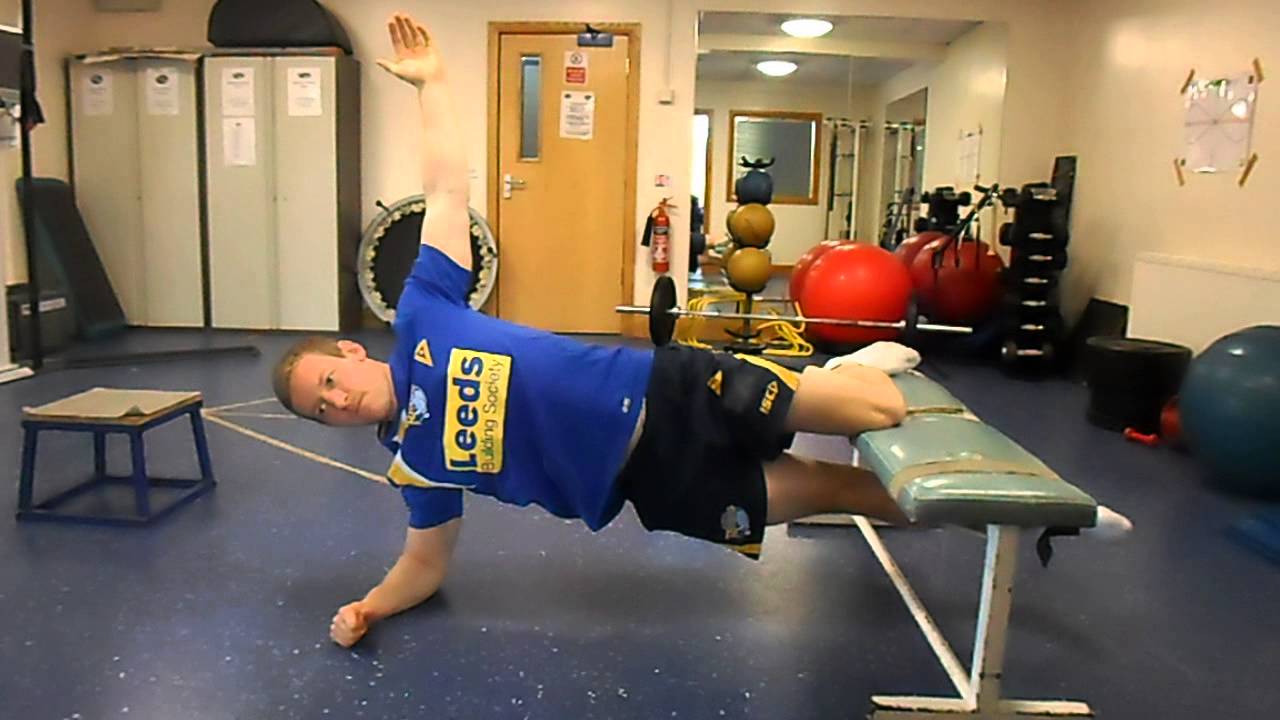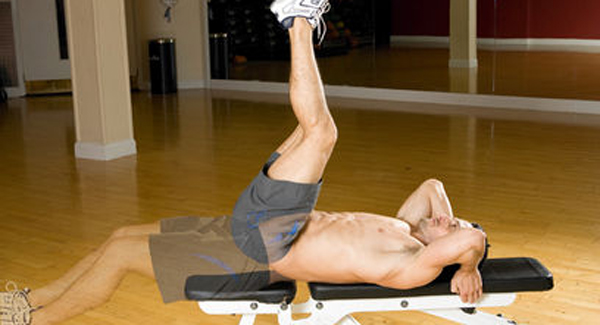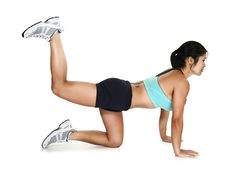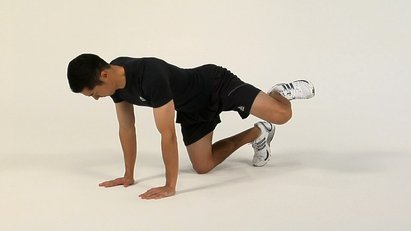
Sporting hip and groin – By Jade Blake, Senior Physiotherapist at Physio4Life
I went on the James Moore ‘The Sporting Hip and Groin’ course back in February, which was a fantastic course that further increased my knowledge in the area. It was very much targeted at elite athletes, however many of the principles I have been able to apply to you guys here at Physio4life, and lets face it there are many of you that spend hours upon hours training for Triathlons, Iron mans and marathons AND have a full time job on top of this. When you’re doing this level of training you need to treat yourself as an athlete even if it’s not your full time profession.
RUNNER’S! Up to EIGHT times your body weight goes through your joints when running, Sprinters even more so and can be as much at SIXTEEN times your body weight in the elite. Have a look at these videos in slightly different scenarios.
https://www.youtube.com/watch?v=gg5_8l30tuI
https://www.youtube.com/watch?v=VddBNM0eTnI
https://www.youtube.com/watch?v=p4lZrmQJPVw
I hope these videos have highlighted to you the impact that goes through your joints, but also the importance strengthening your muscles around the joints, not just going out and doing the activity. The higher the level you’re at the stronger you need to be.
These muscle groups include:
- Glutes
- Adductors
- Quads
- Hamstrings
- Abdominals
An equal balance of strength in all of these muscles should help prevent any injuries
On the list above one that is quite often forgotten about and is vital for the stability of the pelvis are the adductors. Physiotherapists ourselves neglect this muscle group quite often and focus on the glutes but they are just as important.
If you’re returning to sport after having a baby it is even more important that the balance of this is correct. Here is just one exercise from each muscle group to help give you different ideas.
- As shown in the picture above slowly lowering your legs down to slightly further than parallel and then back up. This is an advanced exercise so if you’re not as strong alternately lower each leg rather than both together.
I have given you this exercise as people very rarely train there abdominals in a lengthened range and eccentrically.
2) 
- Carry out this exercise as shown in the pic above, making sure your body is in a straight line.
Aim to hold each side for 30 secs, 3 sets. If this becomes easy you can then progress to lowering the bottom leg up and down or slowly lowering down the hips and back up.
3) As shown in the pictures above the first exercise is working your gluteus maximus and the right one is working the gluteus medius. Both very important roles when running and performing sport.






